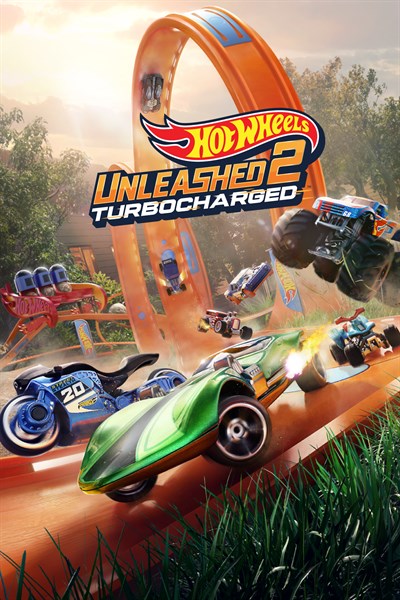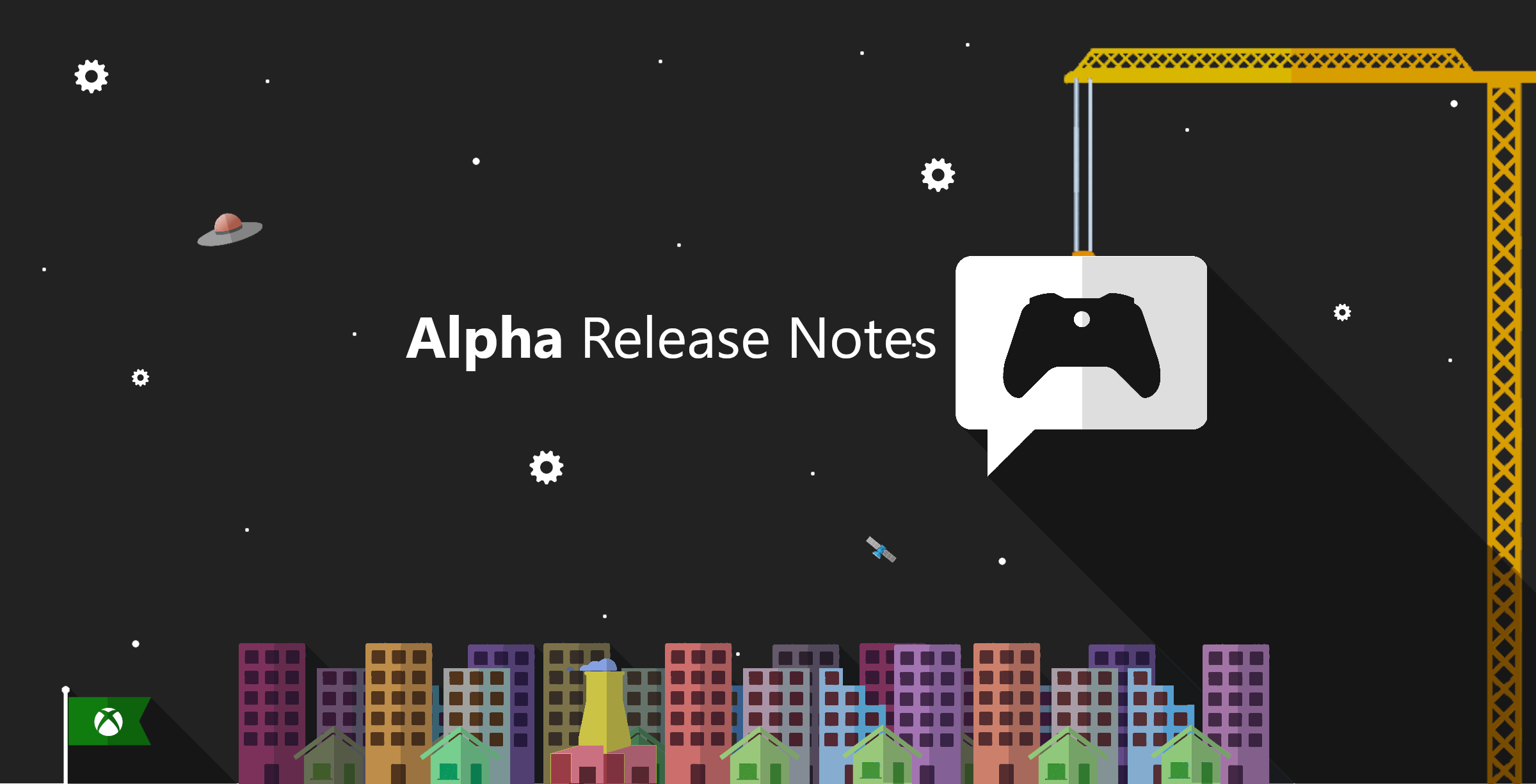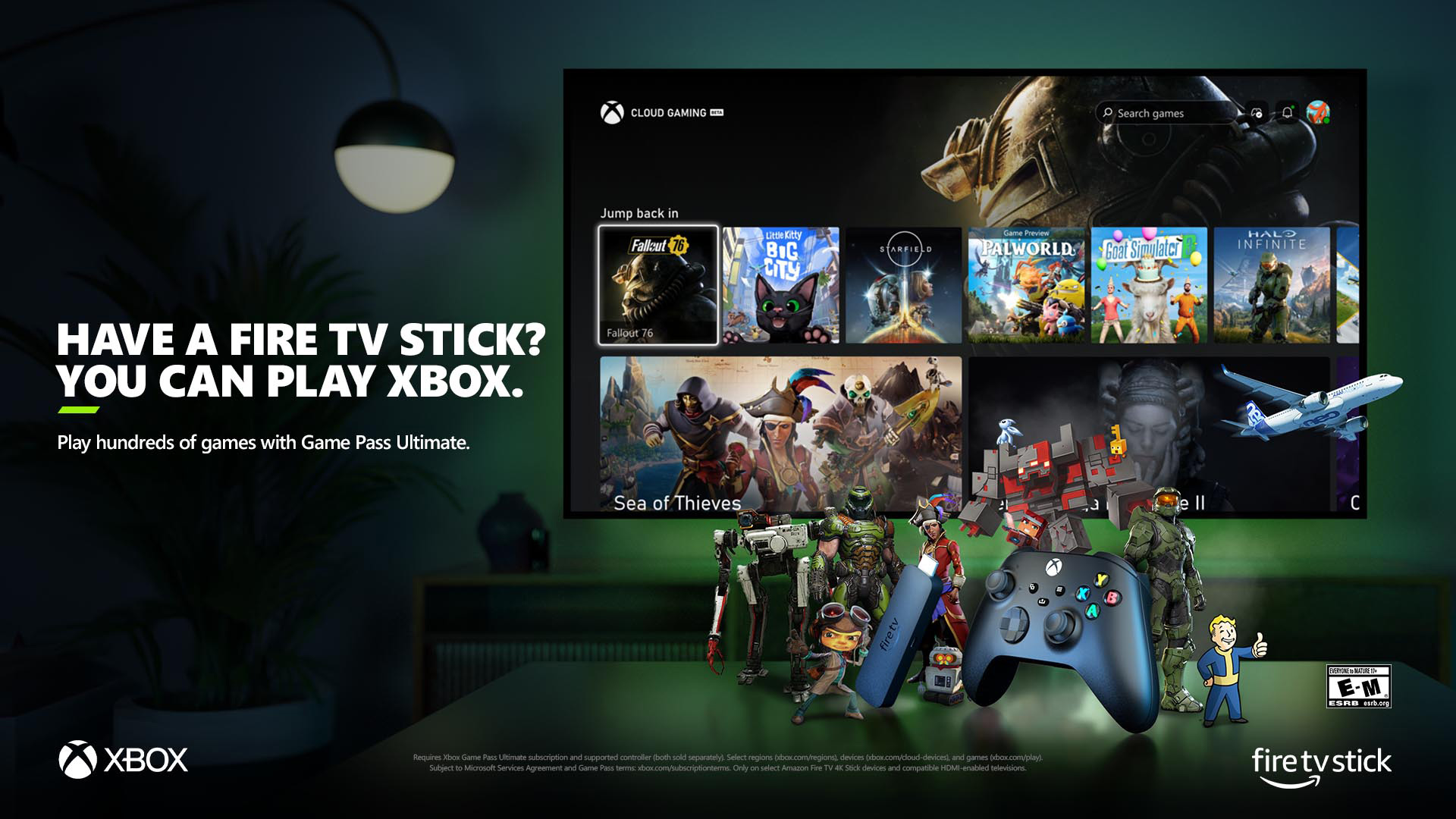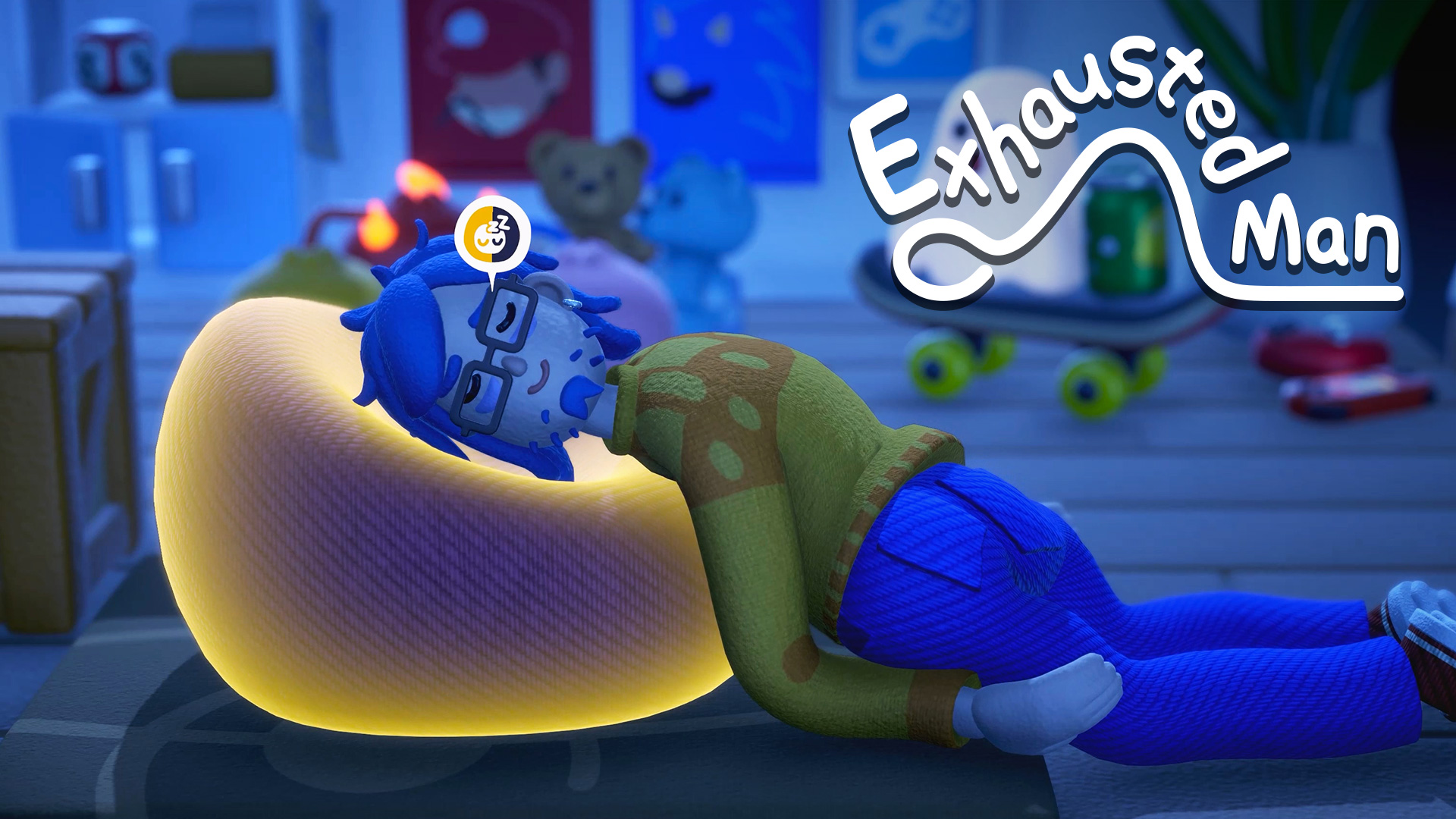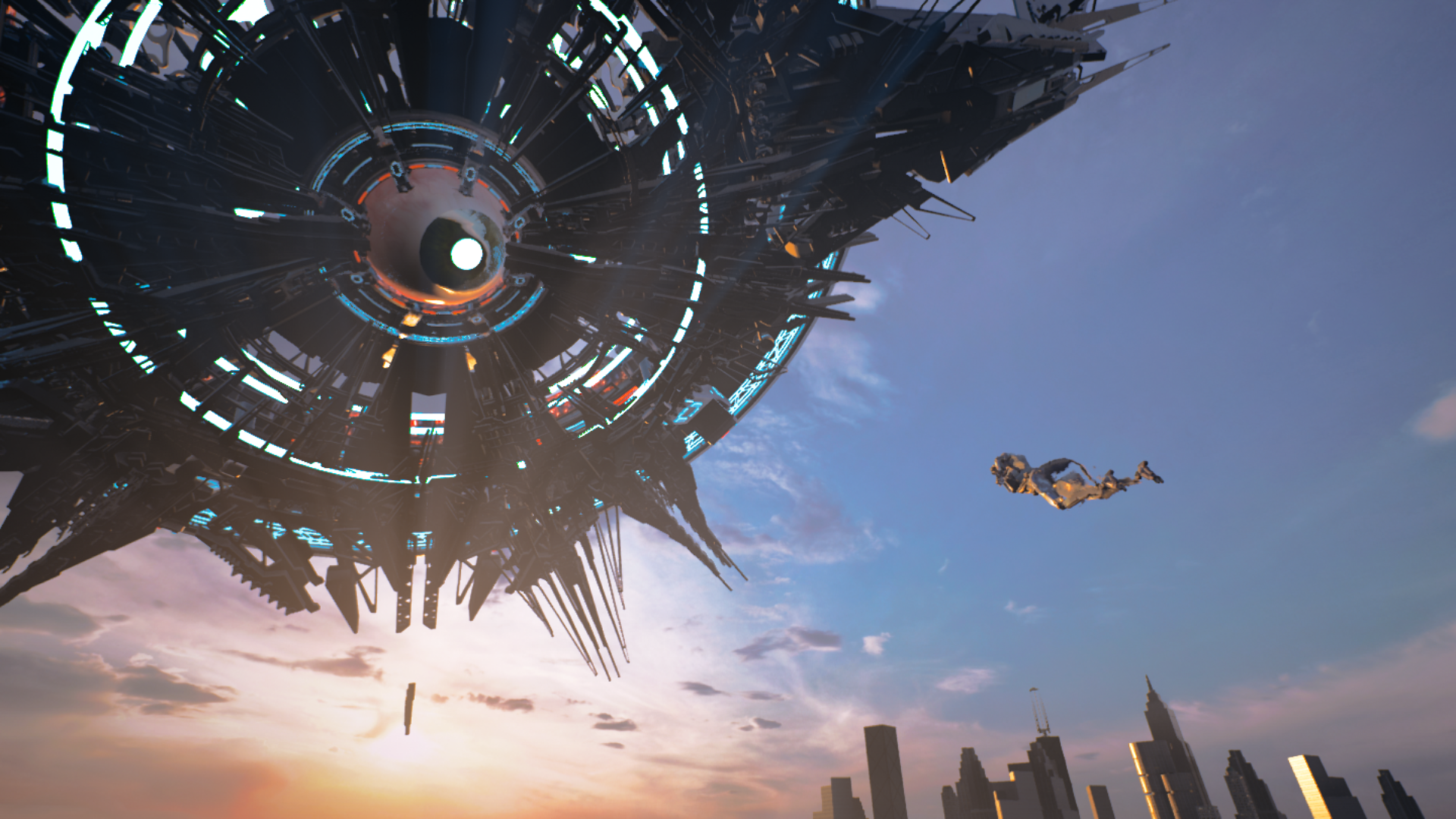Hot Wheels Unleashed 2 – Turbocharged: Creating the Backyard
The post Hot Wheels Unleashed 2 – Turbocharged: Creating the Backyard appeared first on Xbox Wire.
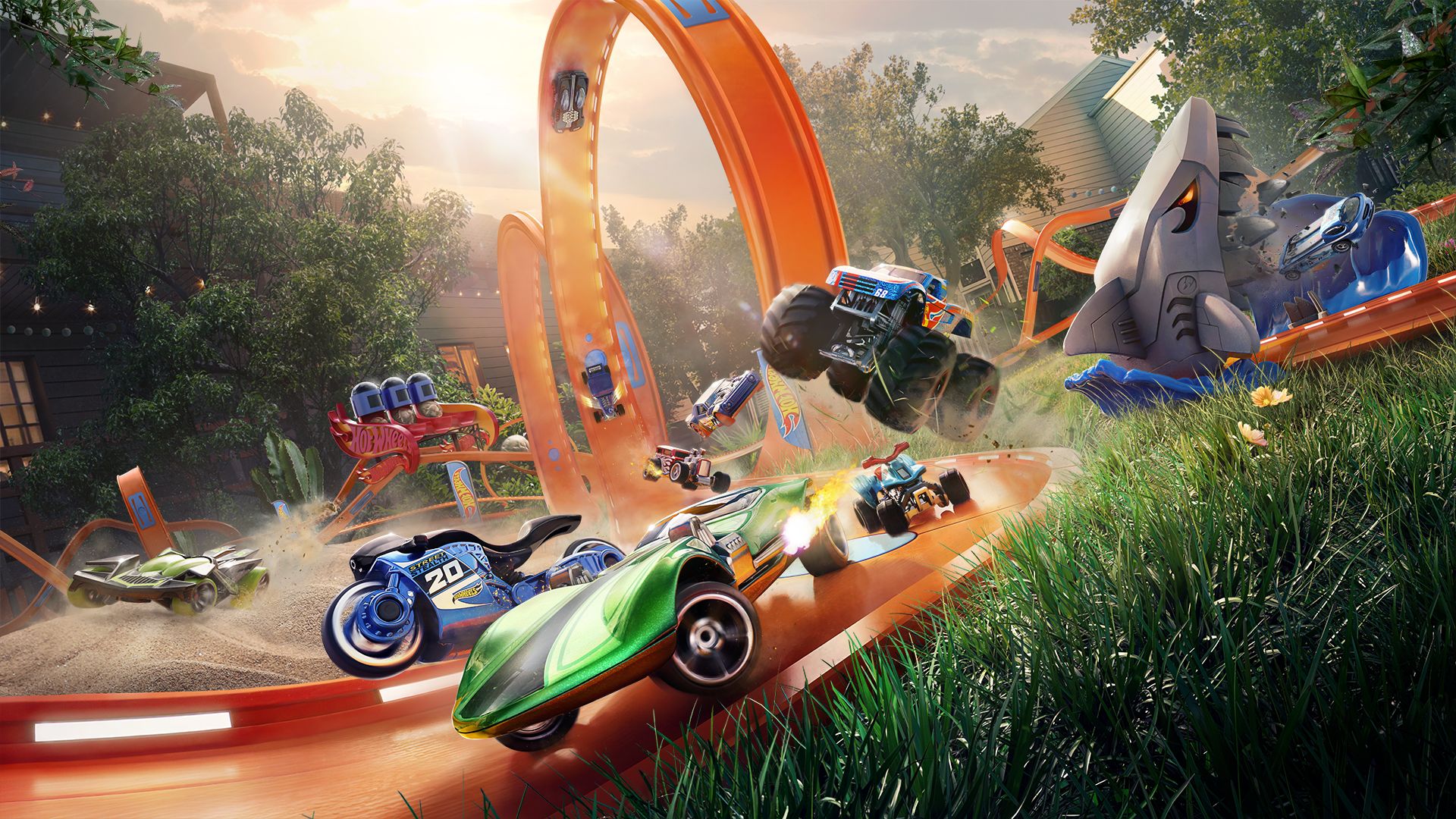
Hot Wheels Unleashed 2 – Turbocharged: Creating the Backyard
Summary
- Get ready to whiz your favorite Hot Wheels through five brand-new environments.
- The Backyard takes inspiration from fan videos uploaded on YouTube.
- Hot Wheels Unleashed 2 – Turbocharged is now available for Xbox Series X|S.
Among the most notable novelties of Hot Wheels Unleashed 2 – Turbocharged – available today for Xbox Series X|S — is the introduction of five brand-new environments for players to race their favorite toy cars. Among them, one will be particularly familiar to many of our fans; indeed, upon researching on the Internet, the development team noted how many Hot Wheels fans enjoy building the most bizarre tracks in their own backyard and uploading videos on YouTube showing their creations. That’s the inspiration behind the creation of the Backyard: offering players an iconic environment where they can imagine themselves, thus triggering the nostalgia effect, especially among adults.
The possibility of building a connection with fans by offering a virtual experience they can easily relate to also matched the desire to implement new gameplay dynamics. As we showed in our trailers, two new actions will combine with the existing Boost and Drift, revolutionizing the overall experience; players will be able to use Single or Double Jumps for clever overtakes, dodging obstacles, and reaching shortcuts or previously unreachable track sections, while Lateral Dash will allow them to quickly move sideways, ideal for colliding with opponents or avoiding falling off the track.
Track First, Racing Later
Such enhanced gameplay mechanics also influenced our approach to spaces. In fact, usually, when you develop a racing game, the first thing you think about is the design of the track and then you start creating all the surroundings. At Milestone we did exactly the opposite: we started with the environment, making sure it could accommodate as many different types of tracks as possible. Our goal was to create more diverse situations, both inside and outside the track; in fact, in addition to the classic orange track, players will also race around the area.
For instance, one of the tracks we created in the Backyard starts outside the house, goes through the garden, and then continues inside the living room passing through the window. Importantly, when leaving the orange track players might find new kinds of terrains, such as grass or gravel, whose different grips will impact the behavior and performance of vehicles. With this mindset we can also give players more strategic freedom; we didn’t want them to follow a predetermined set of actions to win and we tried to offer them multiple approaches to the same scenario they might encounter. Choosing whether to jump over an obstacle or use it to slow an opponent down will be strategically important, also depending on the type of event you are playing.
To sum up, I can say that the desire to offer our community an environment close to their real-life Hot Wheels experiences as well as the will to push the boundaries of our gameplay were the two main reasons that led to the introduction of the Backyard.
Building the Backyard
In terms of development, the Backyard was one of the most difficult environments to create, its creative and production process took around 10 months altogether. The first thing our development team did was take inspiration from real-life houses, from the ones in the Los Angeles area. A sketch was then created to have a first idea of the desired result.


One of the biggest challenges in the Backyard was replicating the correct lighting depending on the position of the sun in that geographical area, at a precise moment of the day. Indeed, as well as grass, the Backyard also features trees, which means our team had to apply both baked lighting techniques to ensure the overall quality of lighting in the environment, and most importantly dynamic lighting techniques to replicate the changes of the shadows projected on the vehicles while they move around. We chose 11:00 am as a reference time and updated the first sketch accordingly.
The next step was the production of what is called white-boxing, which is a 3D reproduction of the environment with some details useful for gameplay designers to evaluate its playability and start thinking of potential tracks to be inserted.
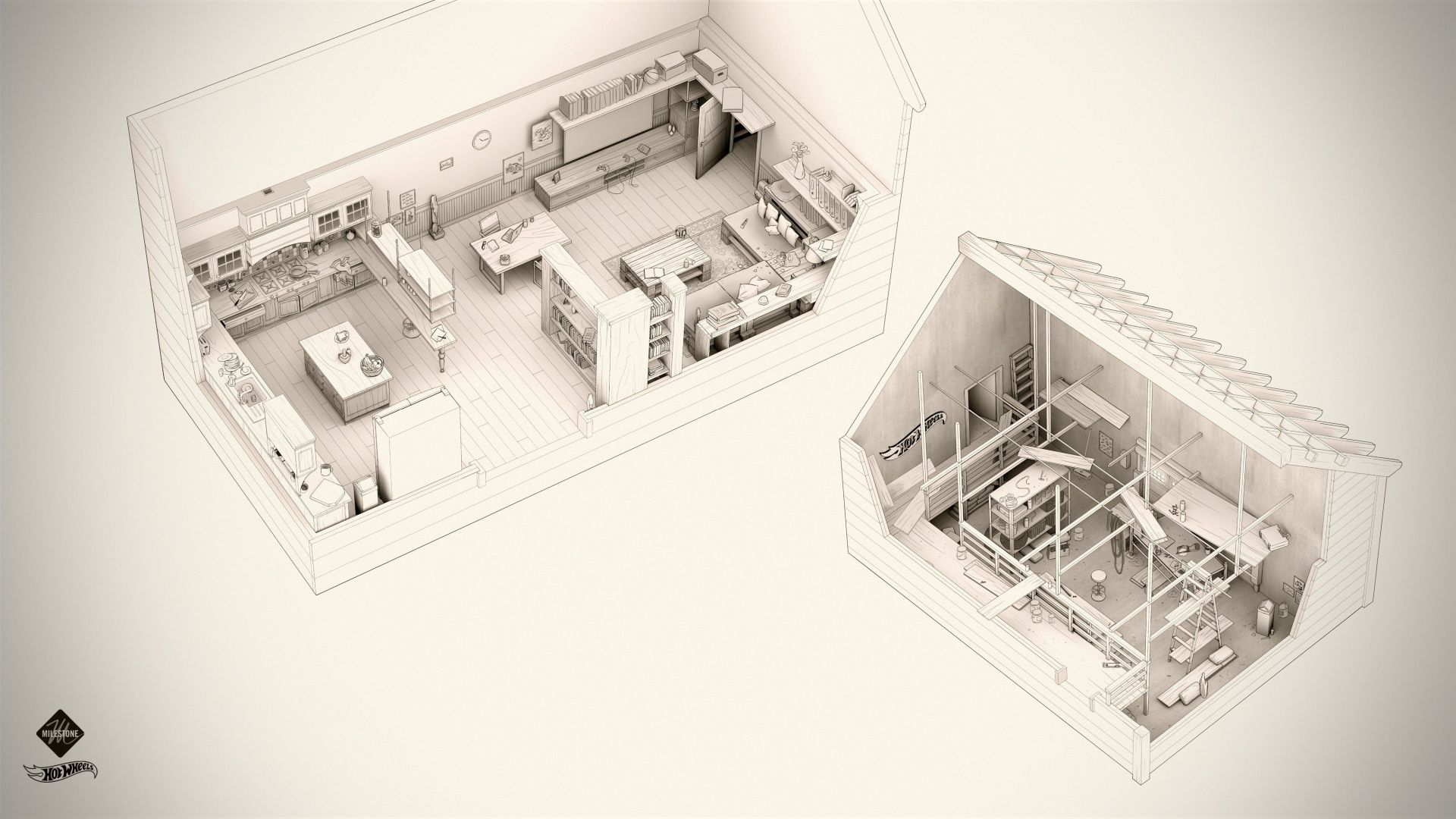
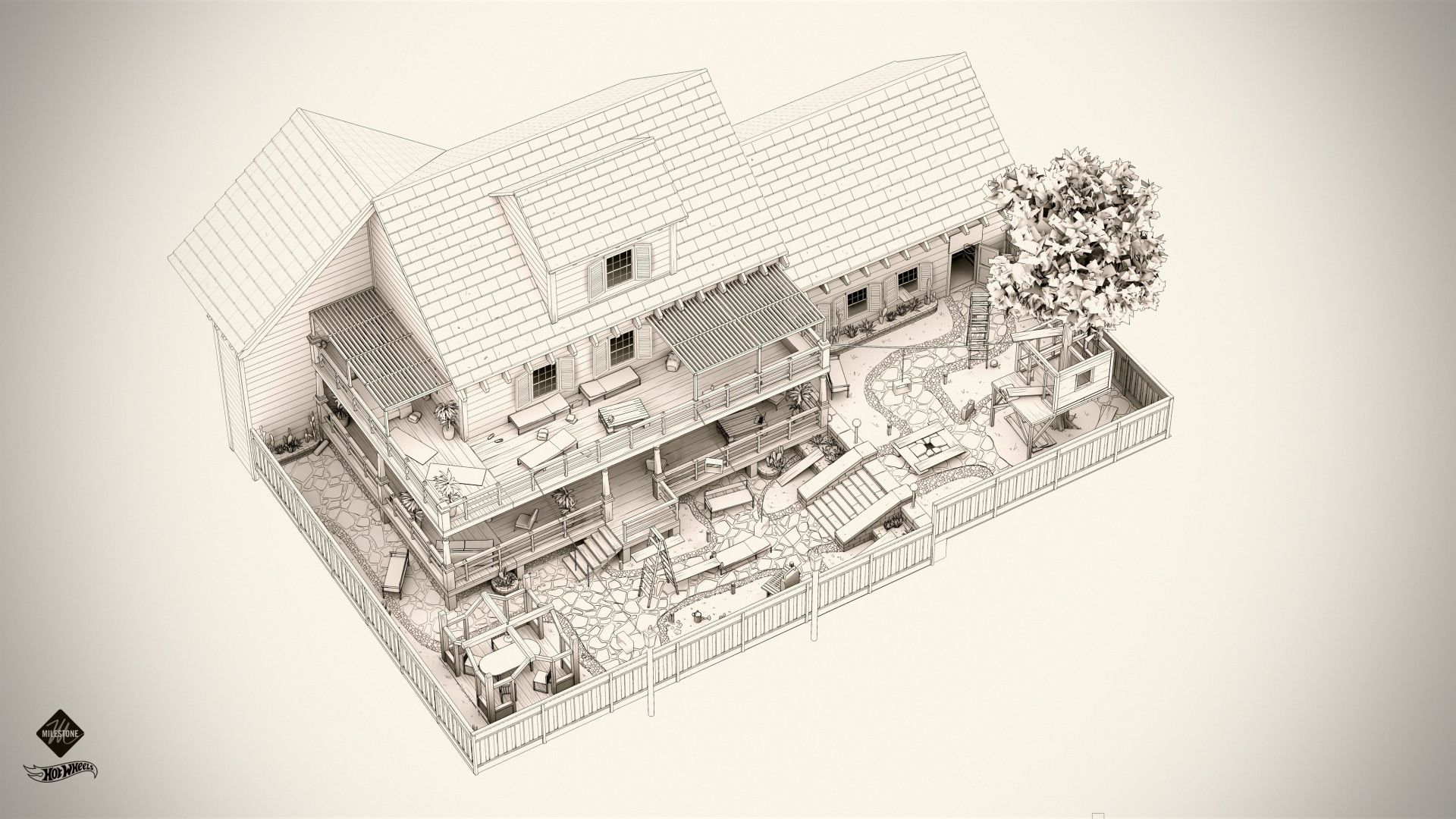
After defining the rough shapes in the white-boxing, the final 3D models and textures are produced. These are then assembled in the final scene by using ISO sketch to place the models in the environment and by using beautiful corners to assess the final lighting and to identify all the materials we need in each specific part of the environment. To do that we use the “materials direction”, a guidance document that helps us understand how to physically compose what is visually represented in the beautiful corner.


At this point, there are all the necessary elements to begin the production of the final environment. We finalize the production of all the elements of the environment (structures, 3D models, textures, etc.) and we move on to the technological performance optimization phase to make sure the environments perform well on every platform. At the same time, designers refine the placement of tracks to make sure they have taken full advantage of the potential of the environment (e.g., with respect to possible interactions with objects or how to exploit the vertical dimension of the environment).
Thank you for reading, I really hope I was able to convey all the passion and dedication that drove the development of this new chapter. It’s going to be a lot of fun, and we can’t wait to see you join the family, as Hot Wheels Unleashed 2 – Turbocharged is already available for Xbox Series X|S.

HOT WHEELS UNLEASHED 2 – Turbocharged
2 – Turbocharged
Milestone S.r.l.
 Originals, but also Hot Wheels
Originals, but also Hot Wheels Monster Trucks and vehicles from the entertainment world. Now you can also ride motorbikes and ATVs, each with their own unique racing style to take on every track in the most strategic way!
A brand new system will define the vehicles’ category, which can be upgraded with the dedicated skill tree that will directly affect their performance. Watch your car become unstoppable!
NEW PLACES TO CALL HOME
Whether it's the backyard of a house in the suburbs or a mini-golf course in a village in the Wild West, your tracks will be surrounded by the most stunning environments!
Discover 5 brand new locations, master their secrets, and you'll feel right at home both there and on the podium.
New terrains are another fantastic new entry that will make your races even more exciting and challenging. Grass, sand and more will directly affect the handling of the vehicle: something to keep in mind when you’ll choose your ride. Strategy plays an even bigger role now!
SHOW OFF YOUR MOVES
Before impressing your opponents with a great victory, leave them speechless with new crazy moves! In addition to Drift and Boost, now you can show off your Lateral Dash and Single or Double Jump. Use them wisely and at the right time to bump into your rivals and kick them off the track… or simply to avoid those barriers!
And with the new Jumps you can skip the traffic ahead and also find new secret shortcuts!
JUST THE WAY YOU LIKE IT
Are you a daredevil who turns every race into pure adrenaline? Or maybe you're the type who likes to test their limits? Did you say “fan of huge crashes”? Well, HOT WHEELS UNLEASHED
Monster Trucks and vehicles from the entertainment world. Now you can also ride motorbikes and ATVs, each with their own unique racing style to take on every track in the most strategic way!
A brand new system will define the vehicles’ category, which can be upgraded with the dedicated skill tree that will directly affect their performance. Watch your car become unstoppable!
NEW PLACES TO CALL HOME
Whether it's the backyard of a house in the suburbs or a mini-golf course in a village in the Wild West, your tracks will be surrounded by the most stunning environments!
Discover 5 brand new locations, master their secrets, and you'll feel right at home both there and on the podium.
New terrains are another fantastic new entry that will make your races even more exciting and challenging. Grass, sand and more will directly affect the handling of the vehicle: something to keep in mind when you’ll choose your ride. Strategy plays an even bigger role now!
SHOW OFF YOUR MOVES
Before impressing your opponents with a great victory, leave them speechless with new crazy moves! In addition to Drift and Boost, now you can show off your Lateral Dash and Single or Double Jump. Use them wisely and at the right time to bump into your rivals and kick them off the track… or simply to avoid those barriers!
And with the new Jumps you can skip the traffic ahead and also find new secret shortcuts!
JUST THE WAY YOU LIKE IT
Are you a daredevil who turns every race into pure adrenaline? Or maybe you're the type who likes to test their limits? Did you say “fan of huge crashes”? Well, HOT WHEELS UNLEASHED 2 – Turbocharged brings to the table all of that and much more. Different game modes for whatever “fun” means to you, off and online.
UNLEASH YOUR CREATIVITY!
The most acclaimed editors are back! Create the track of your dreams with the powerful Track Editor, or use the best creations from the community!
And of course, beautiful tracks call for awesome cars. The new and improved Livery Editor is what you need: with new tools like the Stickers Editor you can design and save patterns and shapes, to create your masterpiece. We are sure the best one will come from your imagination!
IT’S A WHOLE NEW STORY
Literally. The new campaign mode features a brand new and original story-driven adventure! The city is under attack and only you can save it from the creatures. How? Easy, winning exciting dedicated races and challenges! Ok, it won’t actually be that easy… but it will surely be exciting! So get ready to be not just a winner, but a real hero!
2 – Turbocharged brings to the table all of that and much more. Different game modes for whatever “fun” means to you, off and online.
UNLEASH YOUR CREATIVITY!
The most acclaimed editors are back! Create the track of your dreams with the powerful Track Editor, or use the best creations from the community!
And of course, beautiful tracks call for awesome cars. The new and improved Livery Editor is what you need: with new tools like the Stickers Editor you can design and save patterns and shapes, to create your masterpiece. We are sure the best one will come from your imagination!
IT’S A WHOLE NEW STORY
Literally. The new campaign mode features a brand new and original story-driven adventure! The city is under attack and only you can save it from the creatures. How? Easy, winning exciting dedicated races and challenges! Ok, it won’t actually be that easy… but it will surely be exciting! So get ready to be not just a winner, but a real hero! The post Hot Wheels Unleashed 2 – Turbocharged: Creating the Backyard appeared first on Xbox Wire.







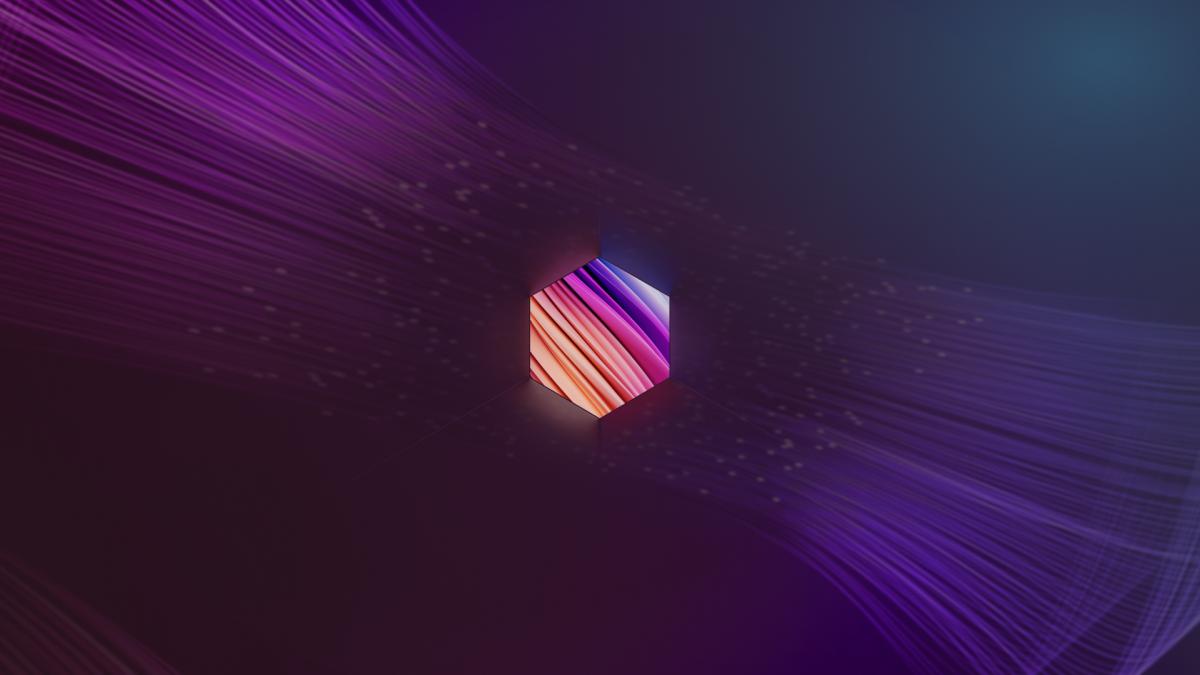
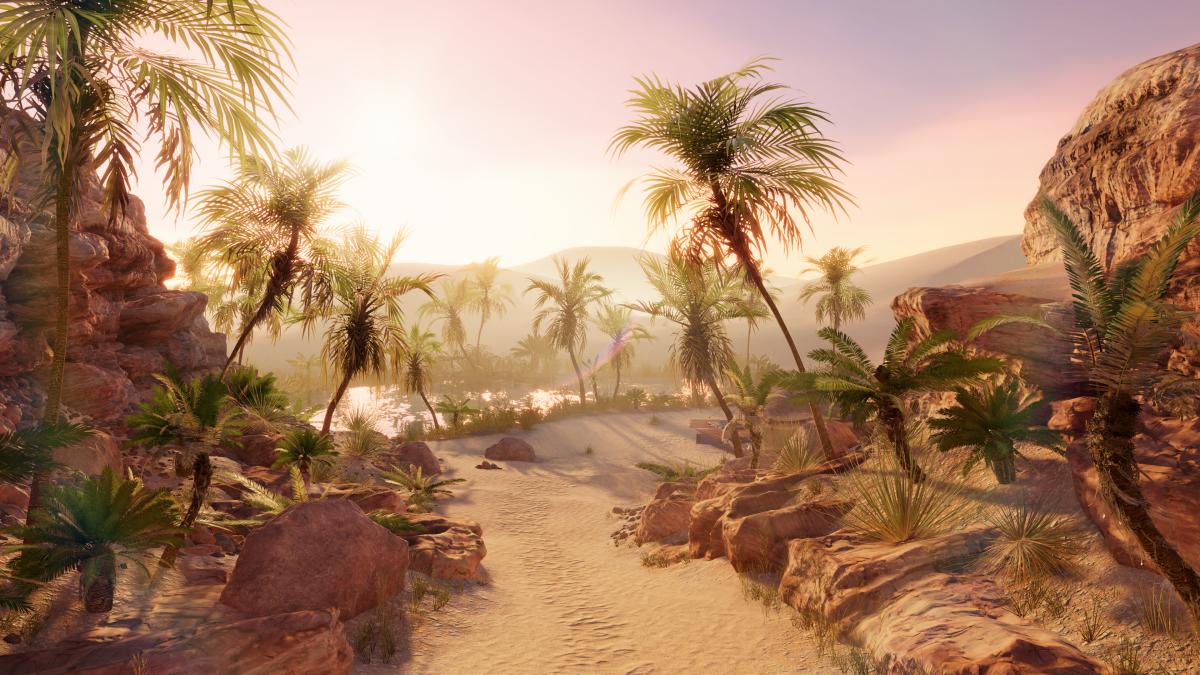
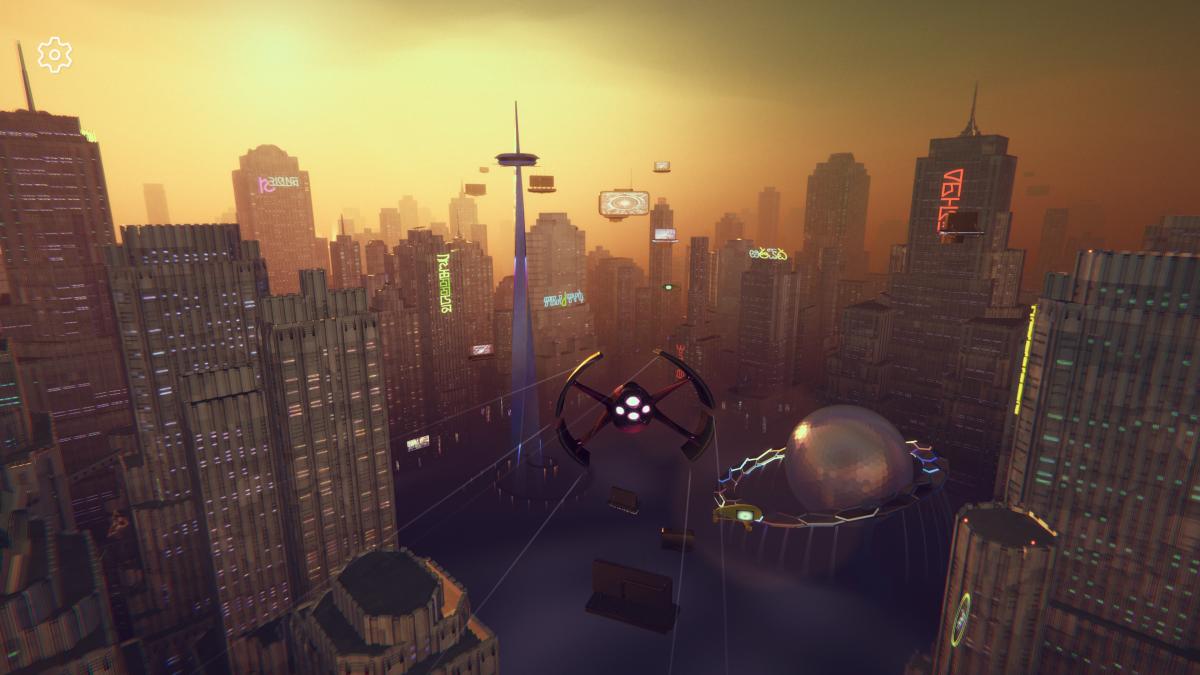
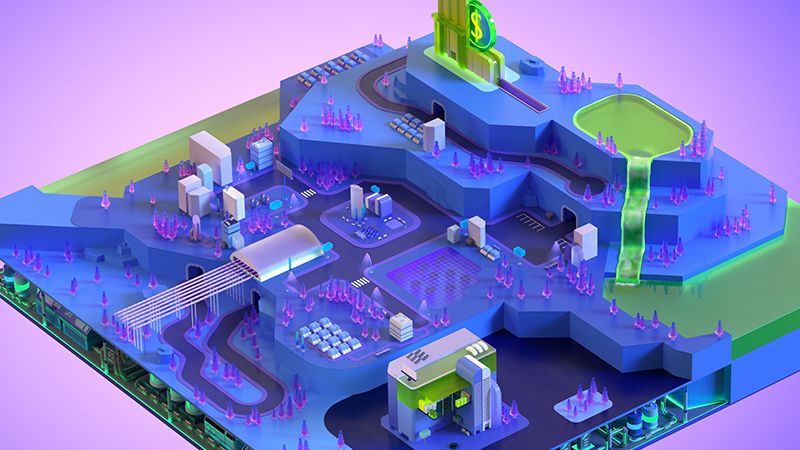




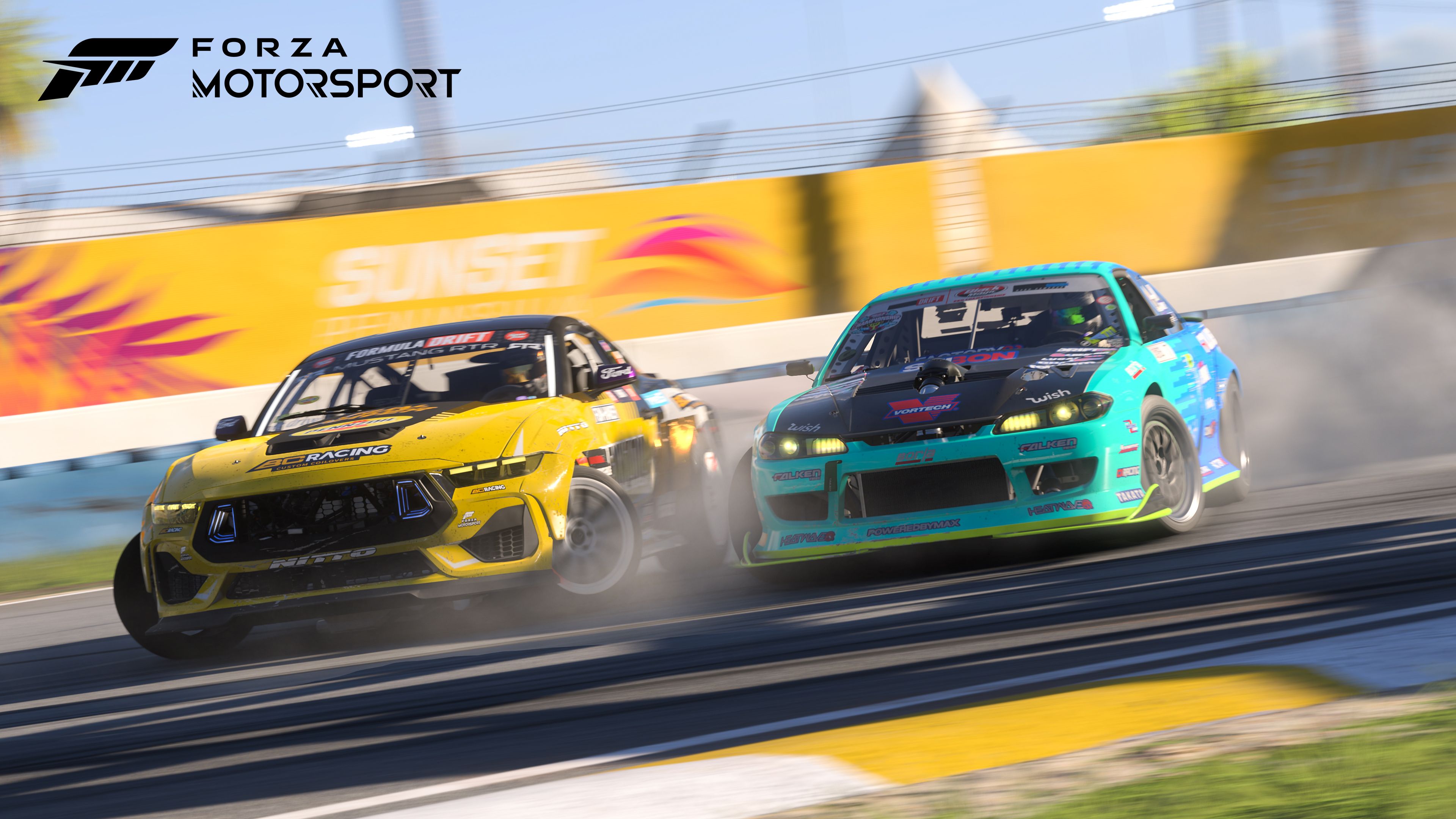
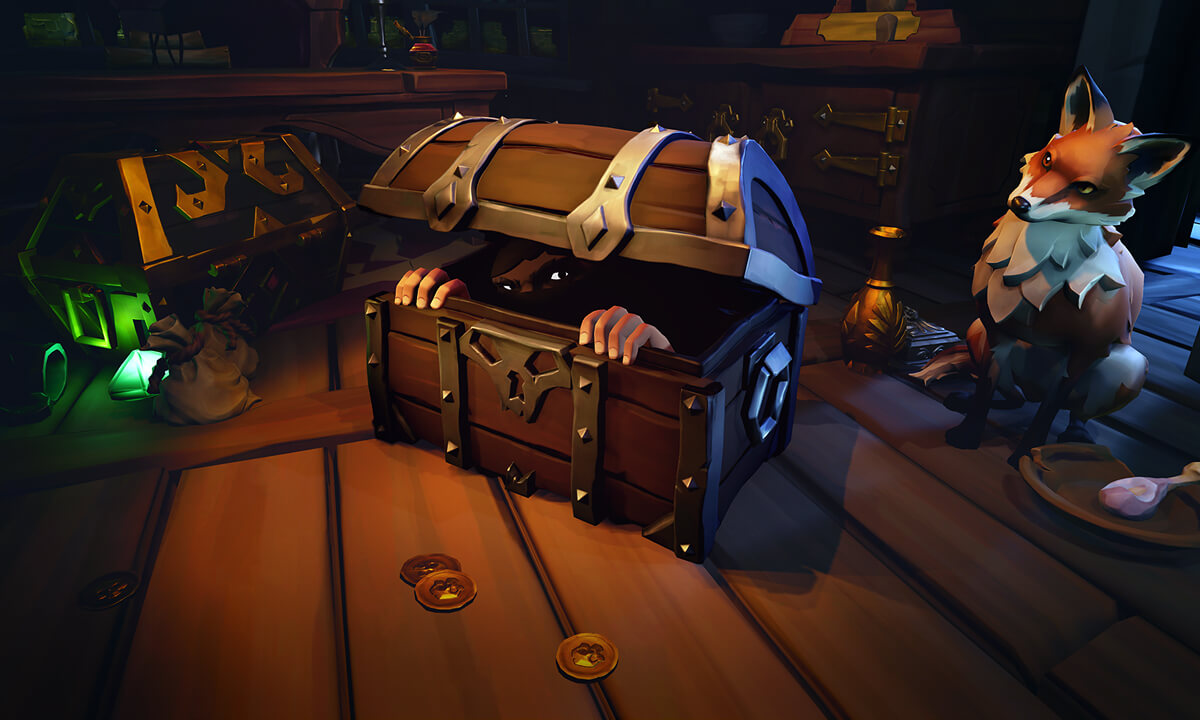

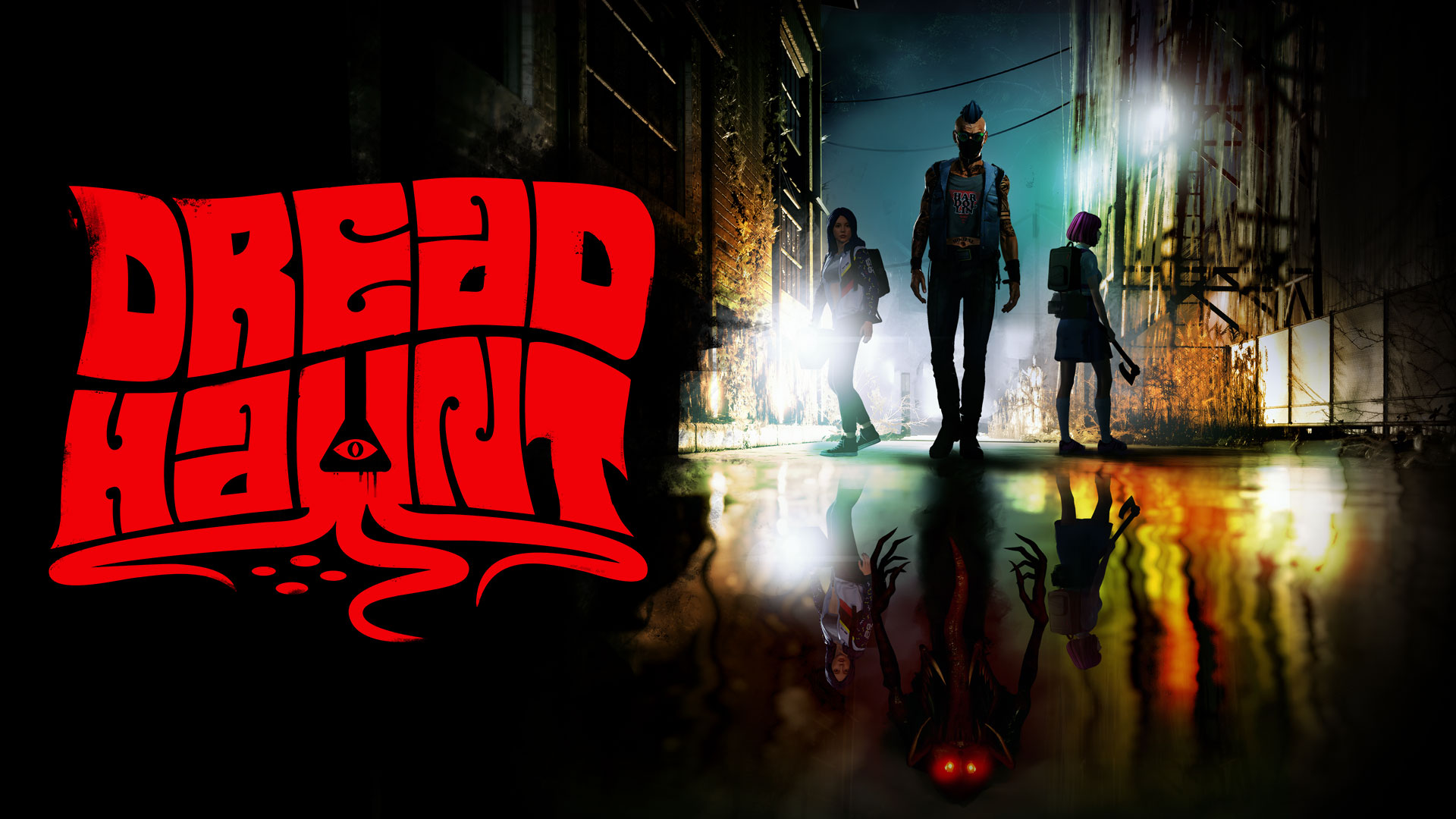







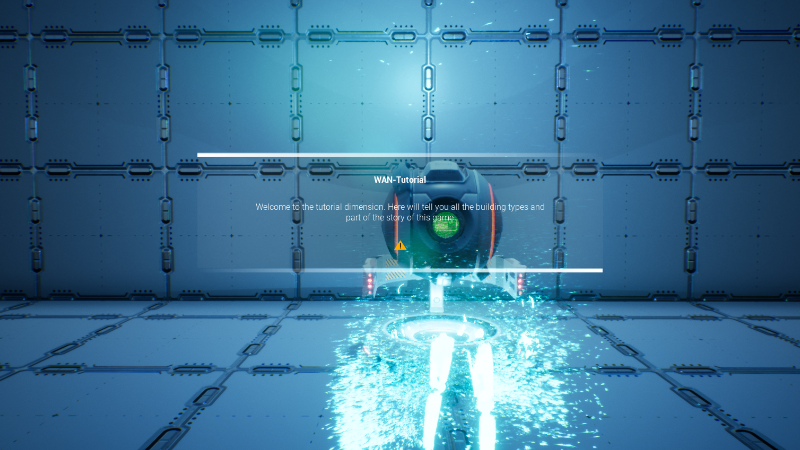
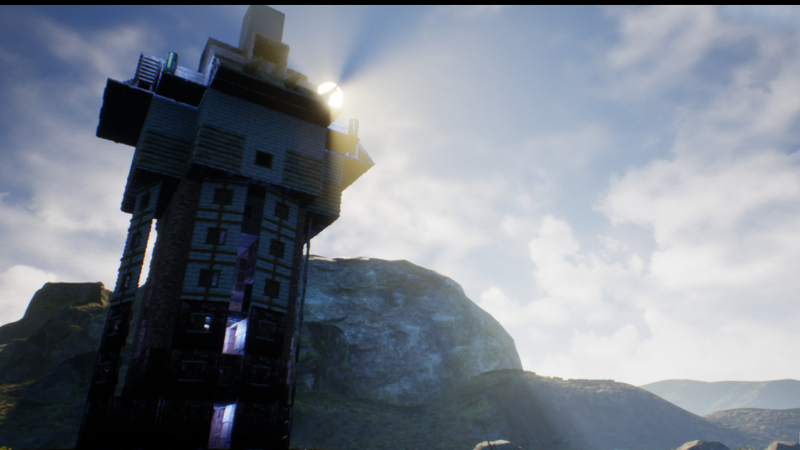

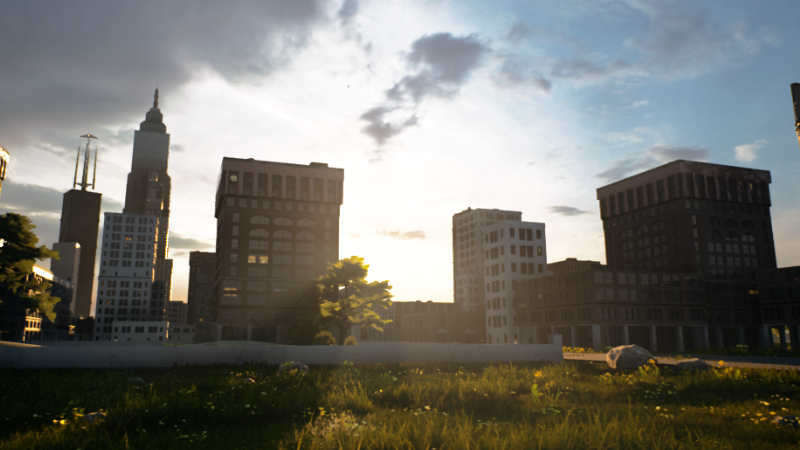
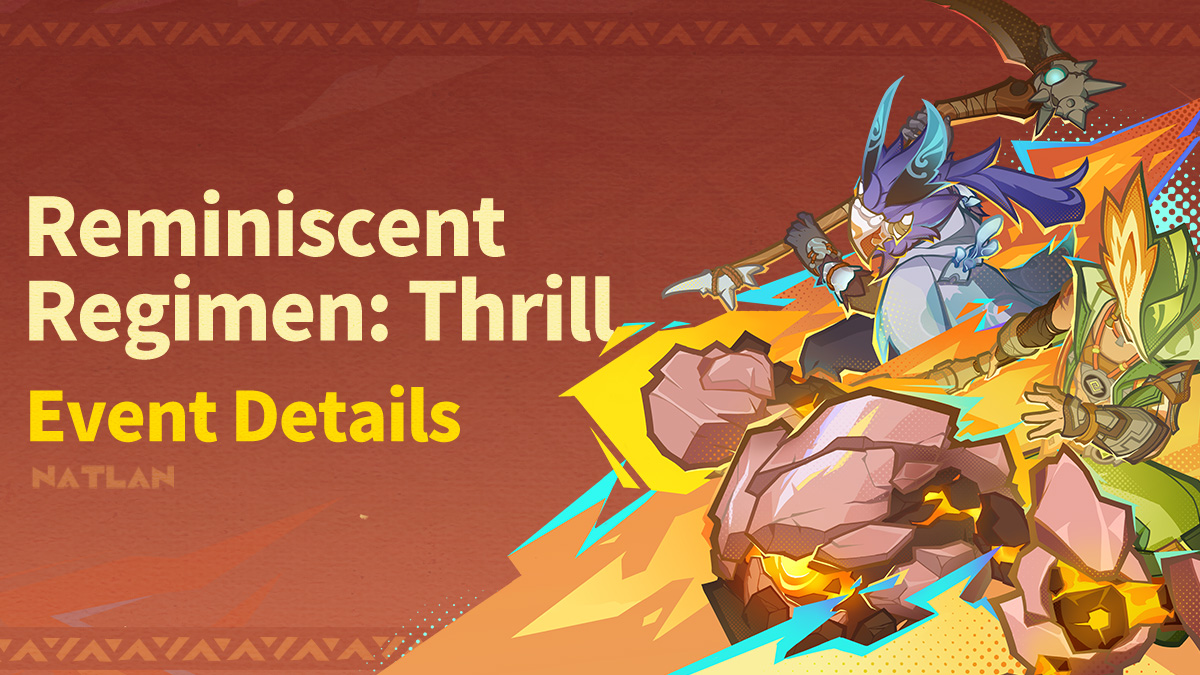
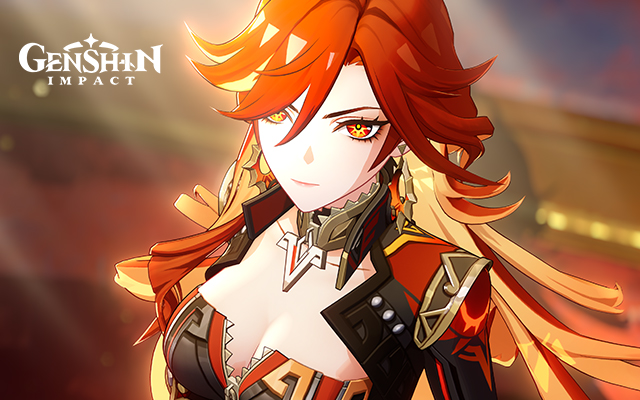

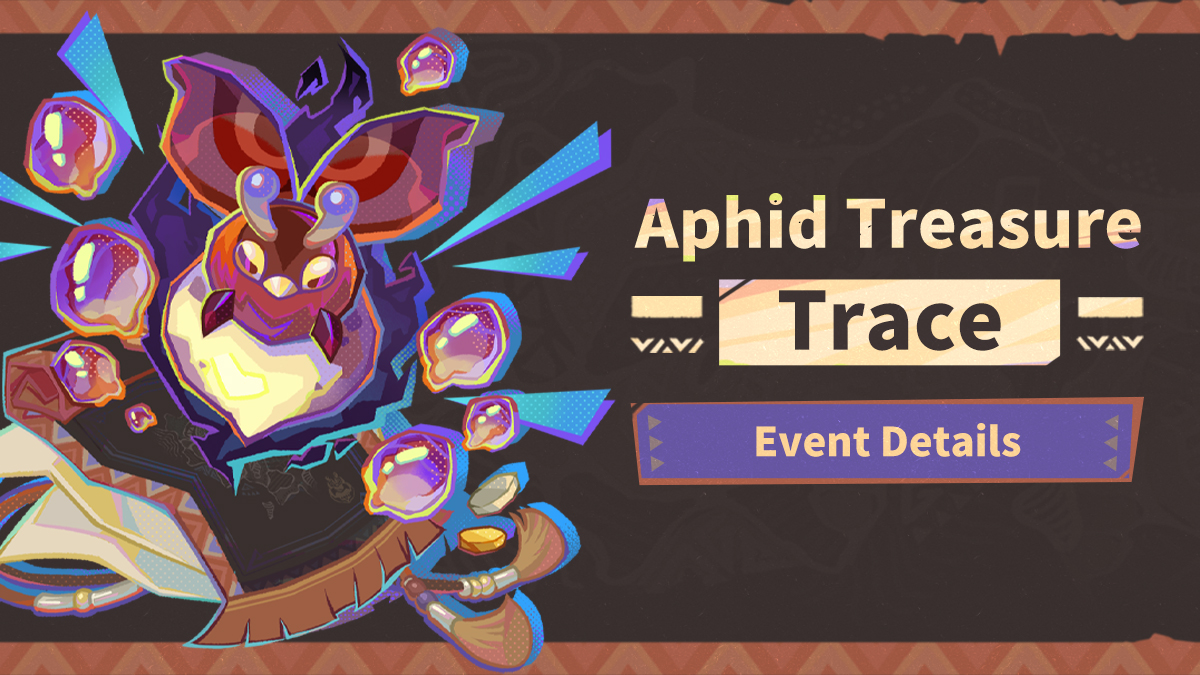
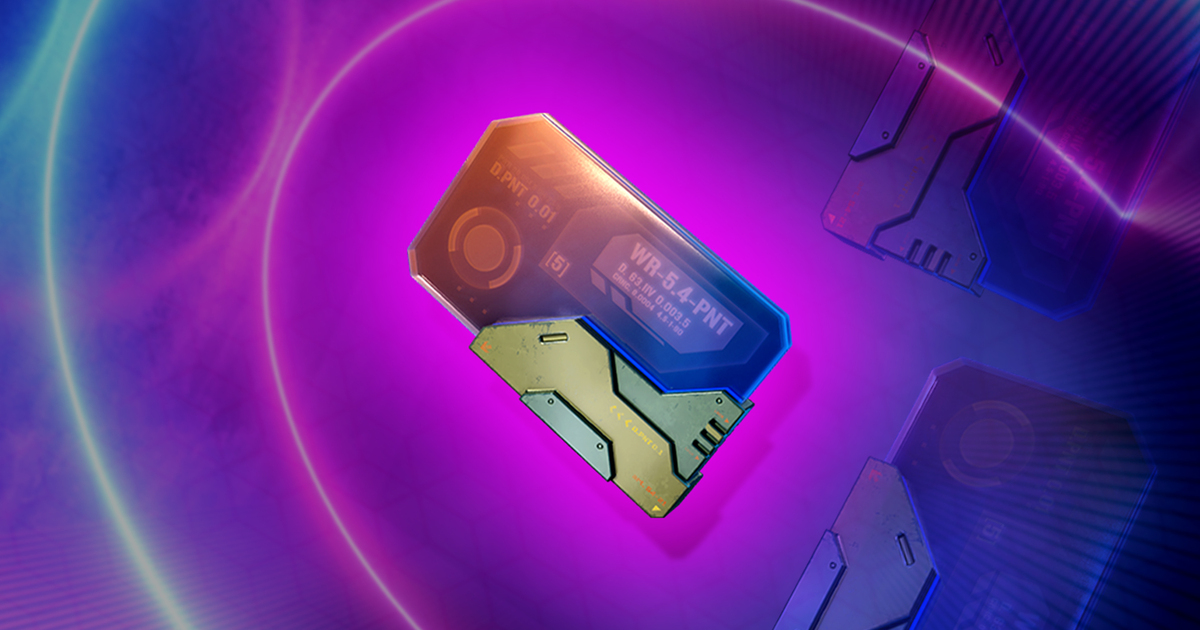
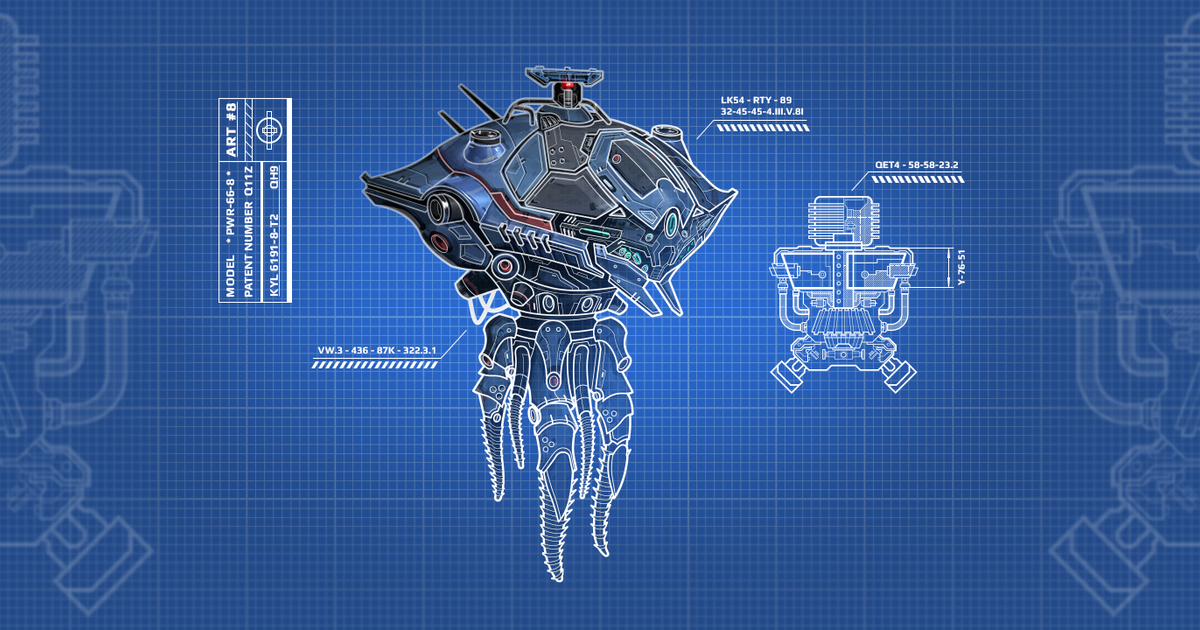
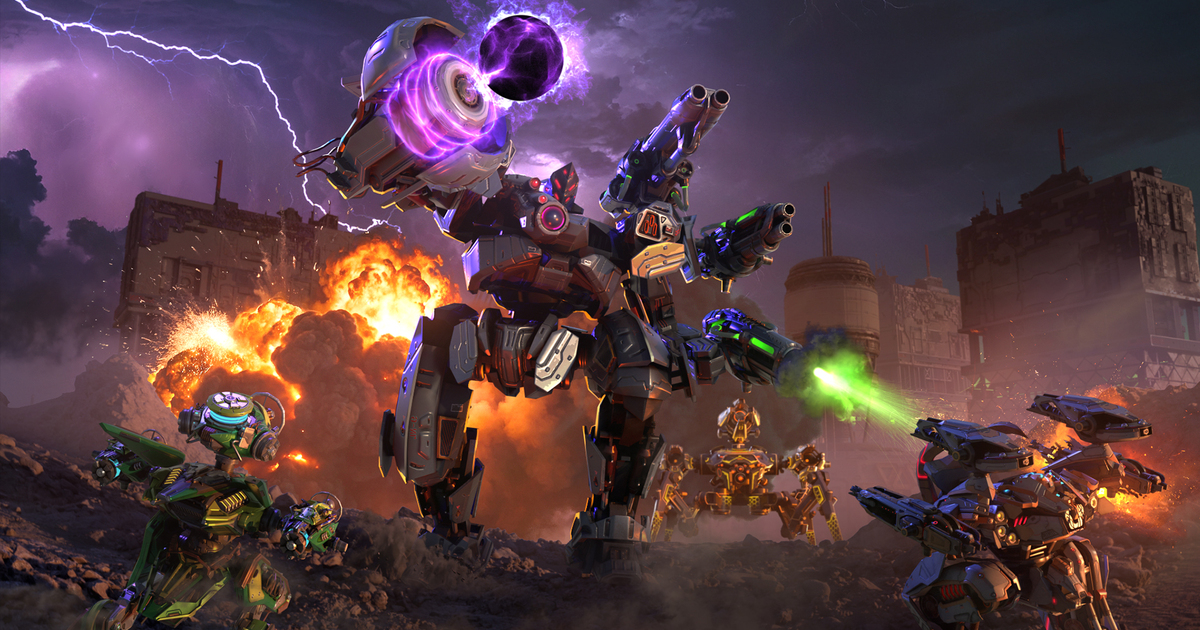

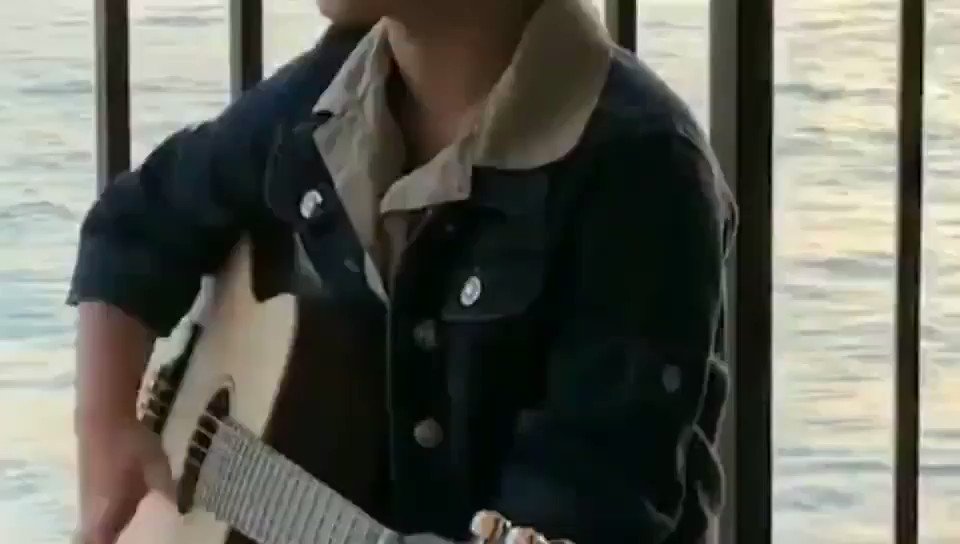
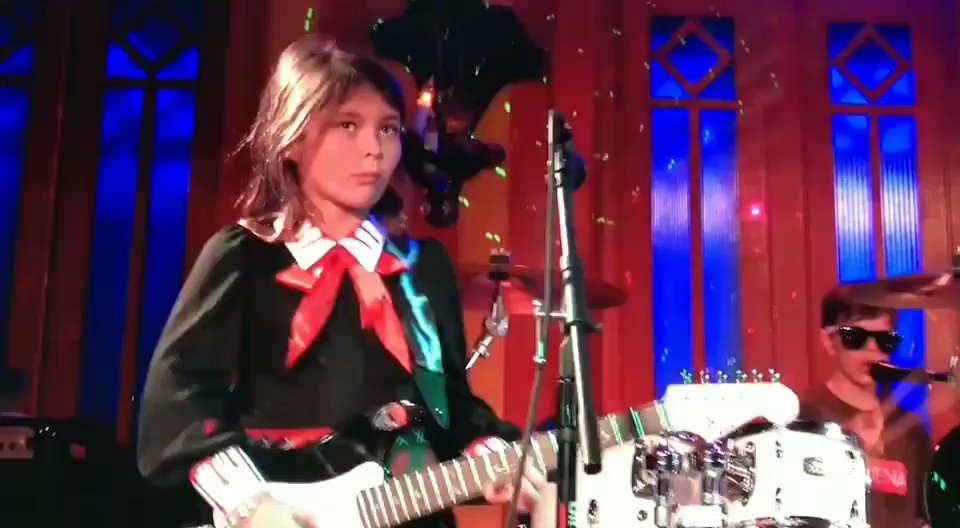

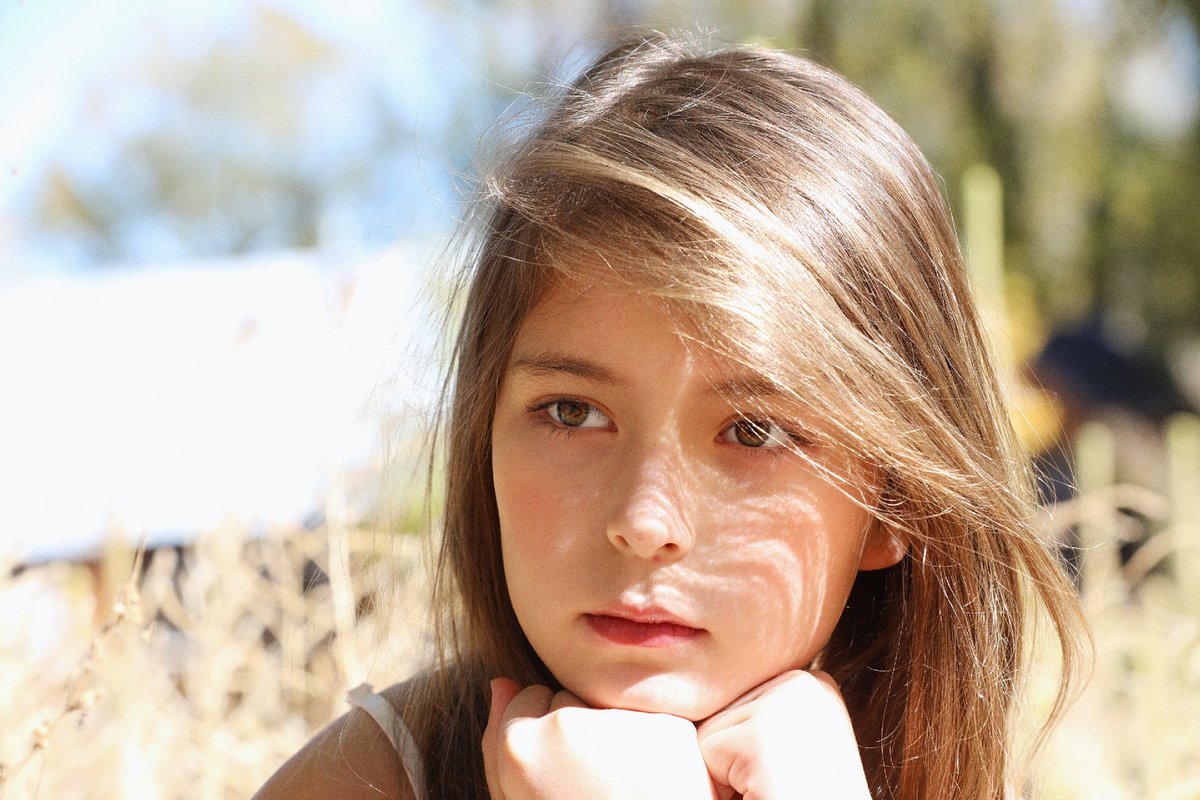




![[Business Talk] How YH Living LTD Tailored Business Solutions Powered by Smart Technology](https://i.scdn.co/image/ab6765630000ba8a5782a039d18af0d958cadc87?#)
![[Business Talk] Elon Musk](https://i.scdn.co/image/ab6765630000ba8ac91eb094519def31d2b67898?#)
![[Business Talk] BYD's Hiring Standards: A Reflection of China's Competitive Job Market](https://i.scdn.co/image/ab6765630000ba8a1a1e0af3aefae3a685793e7c?#)
![[PRO Tips] What is ESG? How is it different from CSR and SDGs? 3 keywords that companies and investors should know](https://i.scdn.co/image/ab6765630000ba8a76dbe129993a62e85226c2b4?#)

